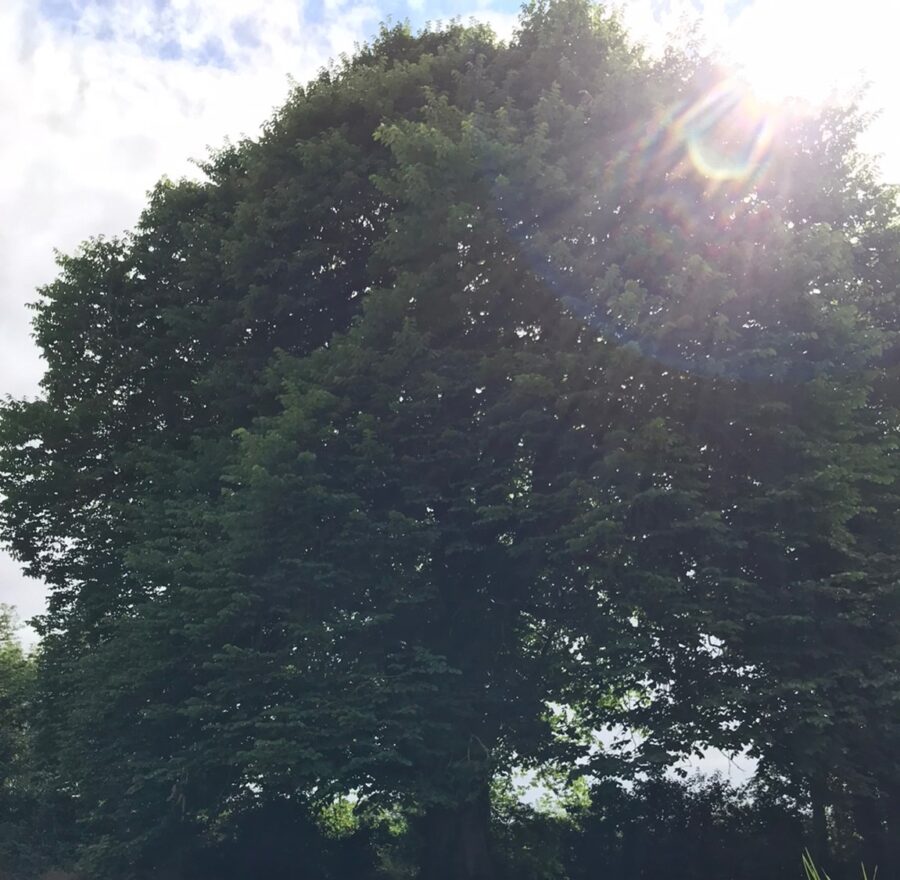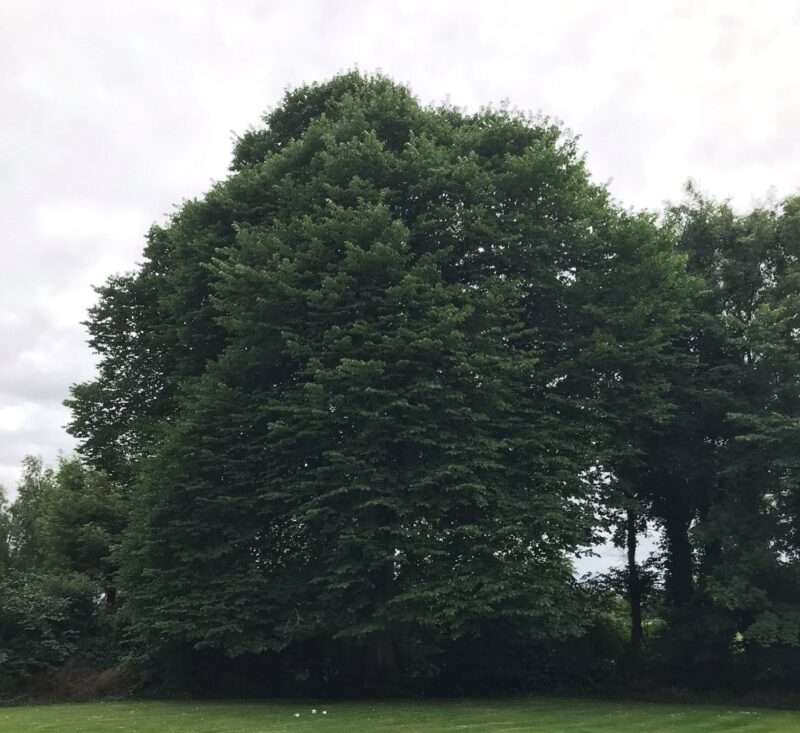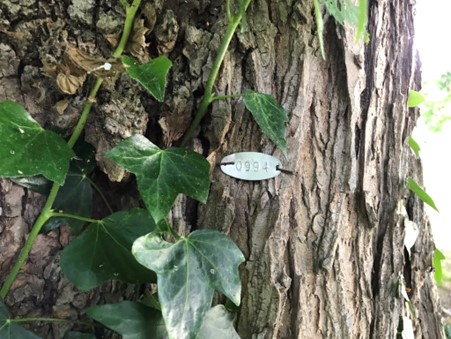
Welcome to Castlebellingham, County Louth. One of the wee-est villages in the wee-est county, not much more than a kink in the road, blink and you will miss it. Situated between Dundalk and Drogheda, Castlebellingham is probably most readily known as one of many famous bottlenecks on the arduous Belfast-Dublin road, before the busy M1 motorway arrived. Fast forward 20 years and it is now home to a rural medical practice I am currently working into (pictured below).

In those 20 years much has changed in Ireland; many progressive policies and referendums have passed, tech and housing have bubbled, burst and bubbled again, coffee shops have infiltrated every nook and cranny and with digitalization our world seems to have become much smaller, faster and infinitely more complex. In fact, it now feels as though we are never off; news now finds us throughout the day, rather than us finding it at a set hour every evening. And everyone’s news, depending on station, social media platform, political persuasion, previous “likes”, last Google search etc. is tailor made for them. What would the great stoic philosophers make of our daily bombardment of information? And is there a way of jumping off the 24-hour information juggernaut that is modern daily living? Between work commitments, a busy family life, staying up to date, all the while trying to practice some of the lifestyle advice I so frequently preach, life can feel akin to the busy motorway less than 1km from our practice.
However, our practice recently discovered a fantastic off switch which had all the time been right under our noses. Or rather approximately 20 meters from our noses. The below pictured tree sits in the corner of the garden, towering over the HSE primary care center in which we work. The tree is so majestic it almost feels as though it is a character from a J.R.R Tolkien book, ready to step forward and speak wise words in a booming voice. Instead, it gently sways in the wind, giving shelter and home to all sorts of flora and fauna, all the while oblivious to the goings on in the world under its eaves.

This is no ordinary tree. No, it is not one of Tolkien’s Ents, although it could easily be mistaken for one; this is an elm. Elms were at one time as common as ash or oak in Ireland, however they are now a rare find, and that this tree is so large makes it rarer still.
The innocuous sounding bark beetle spreads fungal spores of “Ophiostoma spp.” from tree to tree causing Dutch Elm disease, but typically only when the trees reach 5m high. The majority of elms in Ireland were killed off between 1967 and 1990 by a global pandemic of Dutch Elm disease, when a virulent strain spread rapidly throughout Europe. It is hard not to consider this as a salutary lesson given the climate and biodiversity crisis we are witnessing unfold, and particularly as we are on other side of our own global pandemic.

It was only upon inspecting the bark that we were not the first to fall for this tree, and it was in fact already tagged by the Tree Register of Ireland. A call to Teagasc later led to an excited visit by a PhD, in all things trees, to tell us about how rare and special the tree really is. This led to a secondary mystery…why was the tree, which could be up to 300 years old, in such good condition? This in turn led to an unearthing of a second back garden treasure. Our next door neighbour is no less than the retired director of the Botanical Gardens in Glasnevin. His own garden is an island of biodiversity, in a sea of fields and hedges typical of the Irish countryside. He had been quietly tending to the tree all of these many years.
Back to our surgery, and during lockdown we decided to ask patients to consider wandering out to view the tree while waiting. There is an accumulating evidence relating to improved mental health and time spent in nature. Physical biomarkers such as blood pressure, cortisol levels, adrenaline etc. all come tumbling when we are in and around green and blue natural spaces. Being near natural environments may have also have positive effects on our microbiome. In fact, in Japan it would not be uncommon for a healthcare professional to refer an unwell patient for Shinrin-Yoku (forest bathing). Perhaps one of the most common ailments we all routinely encounter isn’t to be found in a medical textbook at all i.e., nature deficiency.
Human health is only possible because of the natural systems upon which we depend e.g., healthy soil, an abundance of insects, birds and wildlife, fresh water and clean air. You would be forgiven for missing this fact as our consumptive patterns of daily living are eroding these natural systems at an unprecedented rate. Discovering the tree in our garden that was there all along has been a revelation. What other gems are hiding in plain sight in our gardens, our hedgerows, our woodlands and our shores? What other human gems remain undiscovered in our communities, waiting to be unearthed and given a chance to sparkle and shine? And can we learn to shut out all of the noise from time to time, to gently sway in the wind, oblivious to the goings on in the world under our own eaves.